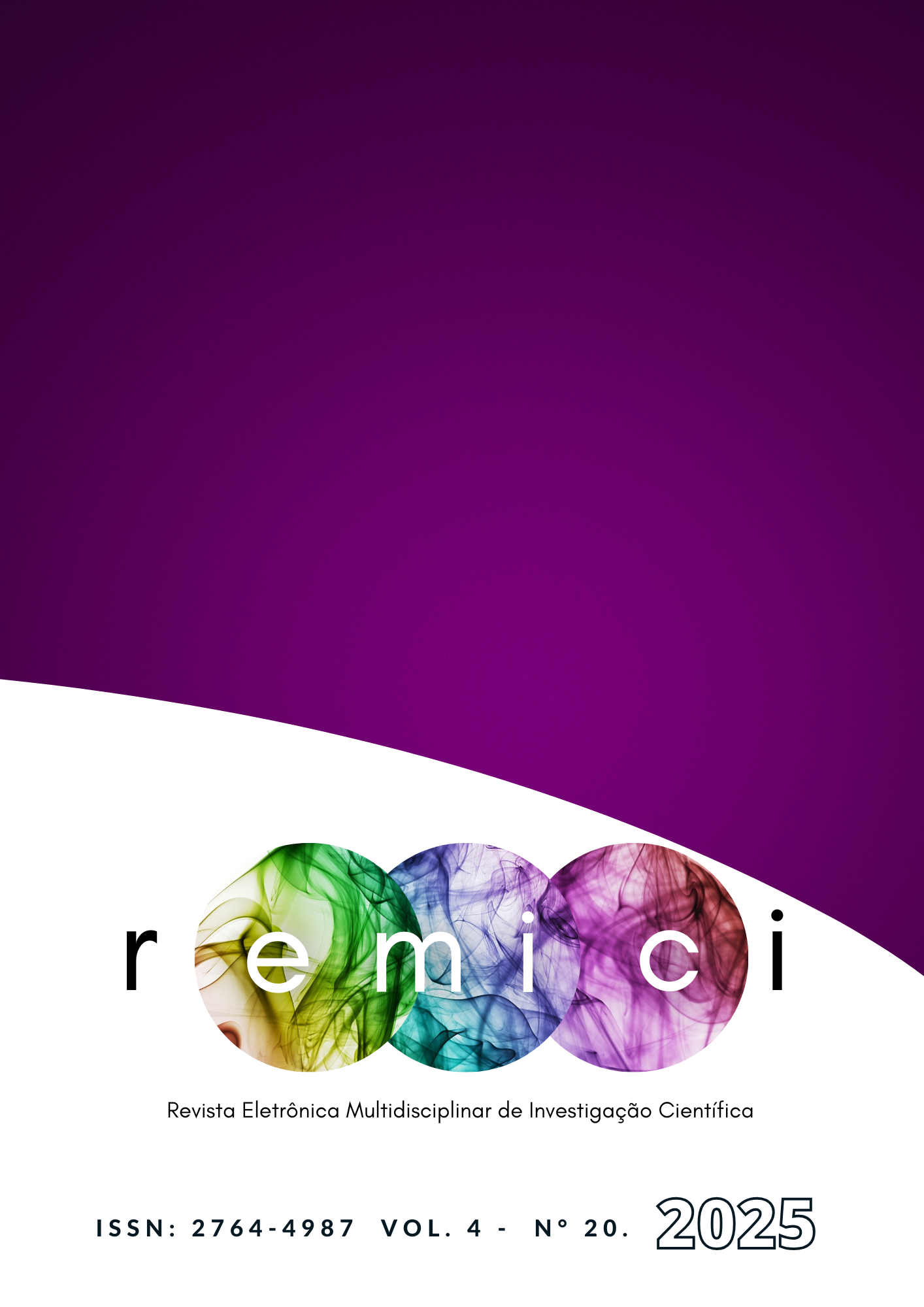Design for Neurodiversity: ABA-Based Guidelines for Creating Inclusive Products for Autistic Individuals
Main Article Content
Abstract
The present article explores Design for Neurodiversity as an innovative approach to creating inclusive products for individuals with Autism Spectrum Disorder (ASD). Grounded in Applied Behavior Analysis (ABA), the study proposes design guidelines that integrate sensory, ergonomic, and cognitive aspects, aiming to foster accessibility, autonomy, and well-being. The research highlights the absence of specific global technical standards, such as an ISO focused on ASD, and, through an interdisciplinary literature review, gathers contributions from inclusive design, behavioral science, and neurodiversity studies. The work reaffirms the role of design as a transformative tool for inclusion and respect for human diversity.
Article Details

This work is licensed under a Creative Commons Attribution-NonCommercial-ShareAlike 4.0 International License.
References
AMERICAN PSYCHIATRIC ASSOCIATION. Diagnostic and statistical manual of mental disorders: DSM-5-TR. 5. ed. Text Revision. Washington, DC: APA, 2022.
ASSOCIAÇÃO BRASILEIRA DE NORMAS TÉCNICAS. NBR 9050: Acessibilidade a edificações, mobiliário, espaços e equipamentos urbanos. Rio de Janeiro, 2020.
ALBUQUERQUE, C. F. H. Neuroarquitetura e autismo: diretrizes para projetos saudáveis e acolhedores. ArchDaily, 10 set. 2023. Disponível em: https://www.archdaily.com.br/br/1005513/. Acessado em: Dez. 2024.
ARAUJO, A. G. R.; SILVA, M. A.; ZANON, R. B. Autismo, neurodiversidade e estigma: perspectivas políticas e de inclusão. Psicologia Escolar e Educacional, v. 27, e247367, 2023. Disponível em: https://www.researchgate.net/publication/374876581_AUTISMO_NEURODIVE-RSIDADE_E_ESTIGMA_PERSPECTIVAS_POLITICAS_E_DE_INCLUSAO. Acessado em: Dez. 2024.
CUNHA, L. M. da; LIMA, C. R. de S.; ANDRADE, T. F. Diretrizes projetuais para arquitetura sensível ao autismo: um estudo exploratório. Estudos em Design, São Paulo, v. 30, n. 1, 2022. Disponível em: https://estudosemdesign.emnuvens.com.br/design/article/view/1210. Acessado em: Dez. 2024.
ERLANDSON, R. F. Universal and Accessible Design for Products, Services, and Processes. Boca Raton: CRC Press, 2008.
ESTADOS UNIDOS. Americans with Disabilities Act of 1990, Pub. L. No. 101-336, 42 U.S.C. § 12101 et seq. Disponível em: https://www.ada.gov. Acessado em: Dez. 2024.
FRANCISCO, P. C. M.; MENEZES, A. M. Design universal, acessibilidade e espaço construído. Construindo, Belo Horizonte, v. 3, n. 1, p. 25-29, 2011. Disponível em: https://revista.fumec.br/in-dex.php/construindo/article/view/1763. Acessado em: Dez. 2024.
LIMA, S. A. F. Design para neurodiversidade: uma análise das relações entre ambiente escolar e crianças com TEA. 2023. Dissertação (Mestrado em Design) – Universidade Federal de Campina Grande, Campina Grande, 2023. Disponível em: http://dspace.sti.ufcg.edu.br:80-80/jspui/handle/riufcg/34806. Acessado em: Dez. 2024.
LOPES, I. P. Mobiliário infantil direcionado a crianças com perturbações do espectro do autismo. 2023. Dissertação (Mestrado em Design Industrial) – Faculdade de Arquitetura, Universidade de Lisboa, Lisboa, 2023. Disponível em: https://ubibliorum.ubi.pt/handle/1040-0.6/12503. Acessado em: Dez. 2024.
MARTIN, G.; PEAR, J. Behavior Modification: What it Is and How to Do It. 12. ed. Routledge, 2023.
RIOS, C. M. M.; CAMARGO JR., K. R. Especialismo, especificidade e identidade: as controvérsias em torno do autismo no SUS. Ciência & Saúde Coletiva, v. 24, n. 3, p. 1111-1120, 2019. Disponível em: https://cienciaesaudecoletiva.com.br/artigos/especialismo-especificidade-e-identidade-as-controversias-em-torno-do-autismo-no-sus/16287?id=16287. Acessado em: Dez. 2024.
SANCHES, E. C. P. et al. Design inclusivo na prática: uma proposta de guia de acessibilidade para artigos científicos. Ergodesign & HCI, v. 11, n. 2, jul.-dez., 2023. Disponível em: https://periodicos.puc-rio.br/index.php/revistaergodesign-hci/article/view/1975. Acessado em: Dez. 2024.
PERSSON, H. et al. Universal design, inclusive design, accessible design, design for all: different concepts—one goal? On the concept of accessibility—historical, methodological and philosophical aspects. Universal access in the information society, v. 14, p. 505-526, 2015. Disponível em: https://link.springer.com/article/10.1007/s10209-014-0358-z. Acessado em: Dez. 2024.

